My goal as a cat behavior consultant is to further people’s understanding of their cats – inside and out! Many of the calls for help we get are to help clients whose cats are experiencing litterbox avoidance. Sometimes the reasons are obvious. Other times I’m on a housecall for an unrelated problem, and I see some things going on in (or out of) the litterbox that I wish weren’t happening.
First of all, there is a good reason to have a litterbox for your cat (even if your cat goes outside) and clean the box daily (even if you don’t want to): your cat’s “output”, so to speak, is a key to their health. Cats are notorious for hiding pain, and sometimes what you can find in the litterbox is the first sign of illness. But it’s also important to know, WHAT ARE YOU LOOKING FOR WHEN YOU’RE SCOOPING ANYWAY? I’m here to help you out.
#1 – Number Two is Now Number One

I know poop is usually number two, but it’s so important I’m elevating its status. A cat’s stool should be firm, a slender log, a bit like a tootsie roll. The feces should be in one or two segments, and not be too hard. A little residue would be okay, but not much.
This would be a definite sign of major trouble:
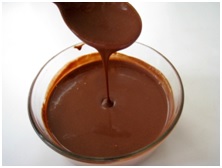
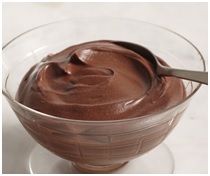
A lot of people don’t realize that this is not what cat feces should look like! If your cat is leaving poo-prints around the house, make your way to the vet ASAP. Soft stool and diarrhea of all types can have many different causes, including inflammatory bowel disease, food allergies and parasites.
Stool that has a pointy tip with sagging, loose form is not normal.

Tiny nuggets suggest constipation, and also demands a vet check!
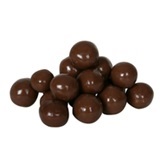
Mixed media: never a good idea for cat poop. It should all be one consistency. Alternating between diarrhea and constipation can be a sign of megacolon and other medical issues.

Defecation outside of the litterbox frequently has a medical component, and soft stool can cause cats to avoid the litterbox for urination too – sometimes they just do not want to pee in a box full of diarrhea – can you blame them? I don’t.
Here’s a nice “Fecal Scoring” chart you can refer to as well.
#2 – Urine Trouble!
Clumping kitty litter (unscented please) is excellent for assessing how much and frequently your cat is urinating. Urine clumps should be medium sized, smaller than a tennis ball.

Droplets are lovely on leaves, but when it comes to the litterbox, you don’t want to see tiny droplets, as that could suggest a urinary tract infection or blockage. Any straining or repeated non-productive visits to the litterbox should be considered serious, if not an emergency (particularly for male cats who can experience life-threatening urethral blockages).

And huge amounts of urine could indicate that your cat is retaining urine (that can happen when they don’t like something about the box, or the box is hard to access) – or can be a sign of increased water intake, which is a common symptom of diseases like feline diabetes.
I hope it goes without saying, blood in the urine definitely requires a trip to the vet. Pronto!

#3 – Last but not least, cat barf
Cats are notorious barfers. Somehow the world has decided that cat vomit is normal. Furthermore, people have weird ideas about cat vomit. I’ve had more than one client express confusion that their cat doesn’t vomit in the litterbox.
So first mythbuster – vomiting regularly in cats is not normal! Do you want to vomit regularly? As an emetophobe (I’m not kidding, I haven’t vomited in almost twenty years), I can say I definitely do not!
Vomiting occasionally is one thing, but if your cat is vomiting with some regularity (as in more than a once or twice a month with regularity), take it as a warning sign. Just like diarrhea, it can be related to disease, parasites, or food allergies. A 2013 study found that most cats brought in to the veterinarian with chronic vomiting had serious intestinal disease, but most of these illnesses were treatable.
If your cat does vomit, the first question to ask: what is IN the vomit?
If your cat barfs up cat hair, your cat probably has hairballs. Hairballs may mean you need to groom your cat more frequently, or give your kitty a hairball remedy. If it’s your hair, you may need to groom yourself more frequently (and sweep the house too) or get a haircut.

Vomiting cat food, especially shortly after eating, might mean your cat is eating too fast.
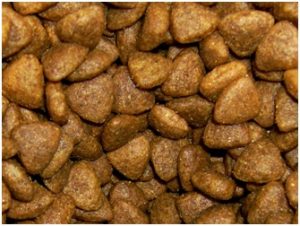
Note: this can be due to medical issues, so “fast eating” isn’t a “get out of going to the vet free” card. However, if your cat has been medically cleared, you can try feeding out of a food puzzle, or spread their food out on a plate, to slow down their eating. If there’s a lot of stress around access to food due to other pets, feed your cats in separate areas, or try the Surefeed or Meowspace so that your cat can eat without competition.
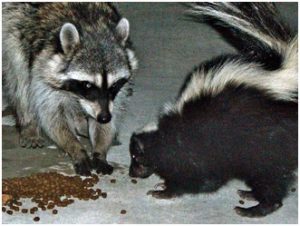
 Liquids. Waiting too long between meals can lead to a build-up of bile in your cat’s stomach, so if they are vomiting liquid, try feeding smaller, more frequent meals. Liquid vomit can also indicate illnesses such as pancreatitis, so again, get that vet check!
Liquids. Waiting too long between meals can lead to a build-up of bile in your cat’s stomach, so if they are vomiting liquid, try feeding smaller, more frequent meals. Liquid vomit can also indicate illnesses such as pancreatitis, so again, get that vet check!
Vomiting can also be caused by exposure to toxins (cats should not eat lilies of any kind, and chocolate, garlic and onions, human medications, antifreeze and other cleaners should all be stored securely where your curious kitty cannot access them), so call the APSCA poison control line ((888) 426-4435) if you think your cat has been exposed to anything harmful.
I hope this blog post helps you understand more about the substances coming out of your cat, and what might be a warning sign that it is time to visit the veterinarian. More importantly, remember, chocolate pudding should be in a bowl, not your cat’s litterbox.
Love,
Mikel.


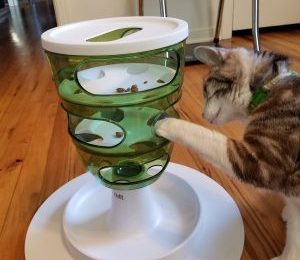
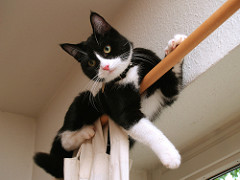
I just stumbled upon this post and I love it! What a great guide for general information about what might be going on with your cat based on what’s coming out. The chocolate pictures cracked me up, while at the same time really illustrated your points well! But when in doubt, ask your vet. It’s important to listen to your gut because you know your cat better than anyone, and if you have the slightest feeling that something might be wrong, it can’t hurt to have a vet take a look. Great article! 🙂
WOW just what I was searching for. Came here by searching for
amazing betta